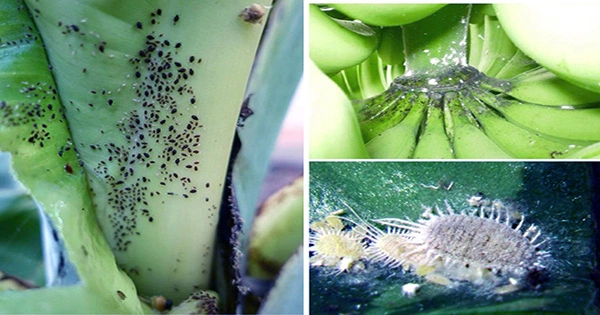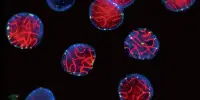Every year, it infects berries, tomatoes, and most other fruits and vegetables, causing billions of dollars in crop losses. Researchers have discovered a way to combat mold without spraying dangerous chemicals on crops.
You’ve seen gray mold if you’ve ever seen a fuzzy gray strawberry. It affects over 1,400 different plant species, and there is no known remedy. Controlling it may depend on the discovery of lipid “bubbles” generated by mold cells, which some experts previously rejected as unimportant.
Indeed, a recent UC Riverside study demonstrates that these bubbles are critical for pathogen-host communication, including various types of fungi, bacteria, and mammals. In this example, the researchers discovered that gray mold has learned how to employ bubbles to successfully infect humans.

“The important functions of these lipid bubbles, also known as extracellular vesicles, have been overlooked for decades because they are difficult to isolate and study,” said Hailing Jin, UCR professor of microbiology and plant pathology who led the research project.
“We now know that the mold, like its plant hosts, uses extracellular vesicles to protect and deliver weapons—small RNA molecules that silence genes involved in plant immune systems,” Jin explained.
This discovery is published in the journal Nature Communications, where the researchers demonstrate not only that gray mold secretes virulent RNA in these lipid-based bubbles, but also that a specific protein is required for the mold to create the bubbles.
Tetraspanin, a protein, emerges on the surface of the bubbles. The researchers discovered that removing the mold’s ability to produce tetraspanin significantly inhibited the mold’s ability to secrete and distribute bubbles.
“By knocking out this key component of the vesicles, we can reduce their ability to deliver small RNA weapons or other molecules that suppress host immunity,” Jin explained.
Previously, the same team of researchers discovered genes that allow the fungus to manufacture tiny RNA molecules. By removing those genes, as well as those that allow the fungus to produce tetraspanin, a new class of “RNA fungicides” that prevent grey mold illness could be created.
“RNA is found in everything and is easily digested by humans and animals.” “RNA degrades quickly in the environment and leaves no toxic residues,” Jin explained. Fungicides are currently the primary treatments for gray mold, and these chemicals can have a harmful influence on human and animal health as well as our environment.”
Gray mold is the world’s second most destructive fungus to food crops, after only the rice disease Magnaporthe. An environmentally friendly fungicide based on RNA that targets the ability to release extracellular vesicles may be effective against Magnaporthe and other fungal infections.
“Because the climate is changing so quickly, many fungal infections may worsen.” “We are excited to develop new environmentally friendly methods of protecting the global food supply that may be widely applicable,” Jin stated.
















